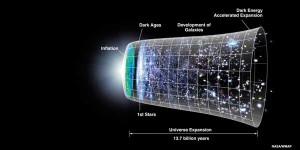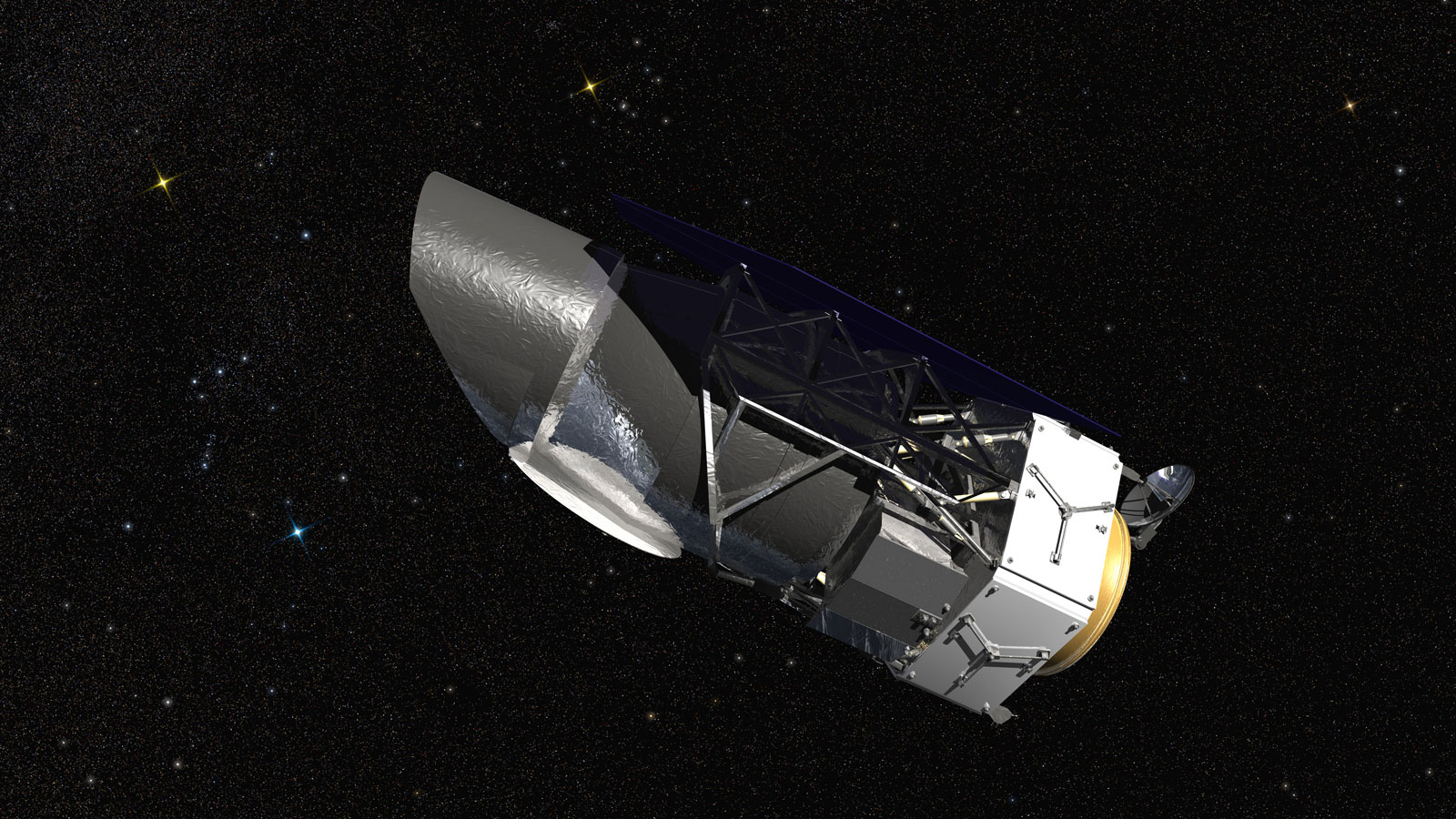Eight years ago, a team of scientists, including Yale professor of physics Charles Baltay GRD ’63, first conceived of an idea for a telescope that would reveal new insights into the history and eventual fate of the universe. Now, that vision has become a reality.
On February 17, 2016, the Wide Field Infrared Survey Telescope (WFIRST), a top priority infrared space observatory, was officially upgraded from a study to an official NASA mission. Engineers at NASA now will take part in the construction and eventual operation of the telescope. Once in space, WFIRST will be used to study a variety of topics, such as the expansion of the universe and the search for extraterrestrial life. Several Yale-affiliated individuals are involved in WFIRST, including undergraduates Eleanor Woodward ’17, Nathaniel Barbour ’17, and Kristo Ment ’17.

According to Baltay, the varied scientific objectives of WFIRST facilitate a broader base of interest among the scientific community and the general public. A major focus of the WFIRST mission, however, will be on the study of dark energy, which is posited to comprise nearly 70 percent of the universe. Scientists believe that dark energy may explain decades of observations indicating that the universe is expanding at an accelerating rate.
“We really hope to learn something about the nature of dark energy,” Baltay said. “In my modest view, that’s one of the most exciting questions in all of science … I cannot think of anything bigger.”
WFIRST may prove instrumental in answering another important question: whether or not we are alone in the universe. The telescope will use gravitational microlensing to look for potentially habitable exoplanets that are up to thousands of light years away from Earth. This astronomical effect takes place when a planet, due to its gravitational field, bends light emitted from the star it orbits. The telescope’s onboard camera will also directly image a number of these planets.

The telescope also will be used to study Type Ia supernovae: the destruction of a white dwarf star in a binary star system, in which two stars orbit each other. Astronomers use this celestial event to calculate cosmic distances, which can be measured through the detection of electromagnetic radiation in the infrared range. When stars move away from the Earth, the wavelength of light they emit becomes longer, a phenomenon known as red-shifting. This observation helps to inform calculations about the star’s distance from Earth and the speed at which it travels.
WFIRST is planned for launch in the mid-2020s, and the total cost of the mission is estimated to be approximately $2 billion.

